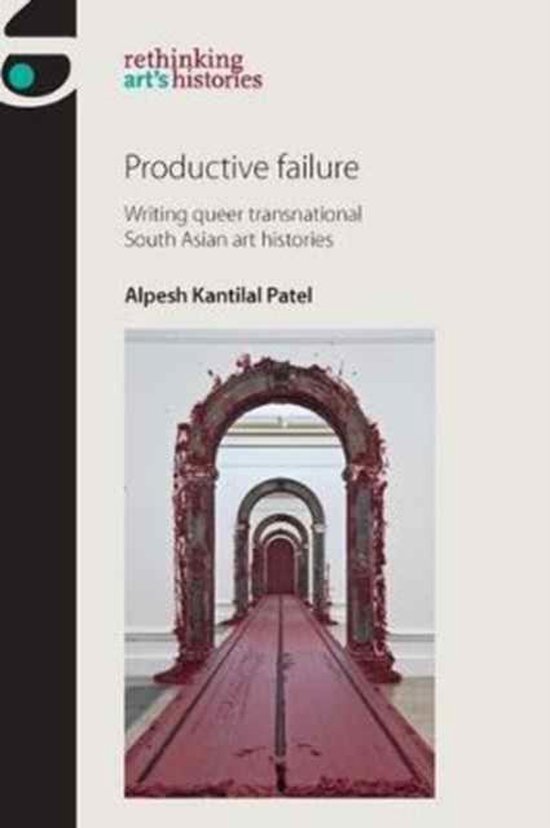
Productive Failure
This book sets out to write new transnational South Asian art histories, making visible the histories of artworks that have been marginalized within the discipline. It does this through a deliberate ‘productive failure’ – rejecting the dominant genealogical methodology in favour of a more active, performative approach.
To investigate what this means for how we ‘do’ art history, the book considers an array of conventional frames – authorship, subject matter, form – but only as points of departure for exploring artworks and the broader visual culture. It also examines ‘whiteness’, the invisible ground upon which racialized art histories often pivot, as a fraught yet productive site for writing art history.
In effect, the book queers or destabilizes conventional approaches to writing South Asian art histories. It then proceeds to explore alternative forms of art-historical ‘writing’: autoethnographic narratives relating experiential knowledge of space, curatorial knowledge-making via exhibitions organized by the author, and affective encounters with visual culture.
This queering offers a more sited, nuanced and encompassing method for generating art history, one that acknowledges the complex web of factors within which art and its history are produced, as well as the different forms of knowledge-production that can be counted as art history.
This title sets out to write new transnational South Asian art histories - to make visible histories of artworks that remain marginalised within the discipline of art history. However, this is done through a deliberate 'productive failure' - specifically, by not upholding the strictly genealogical approach that is regularly assumed for South Asian art histories. For instance, one chapter explores the abstract work of Cy Twombly and Natvar Bhavsar. The author examines 'whiteness', the invisible ground upon which racialized art histories often pivot, as a fraught yet productive site for writing art history. This book also provides original commentary on how queer theory can deconstruct and provide new approaches for writing art history. Overall, this title provides methods for generating art history that acknowledge the complex web of factors within which art history is produced and the different forms of knowledge-production we might count as art history.
| Auteur | | Alpesh Kantilal Patel |
| Taal | | Engels |
| Type | | Hardcover |
| Categorie | | Mens & Maatschappij |